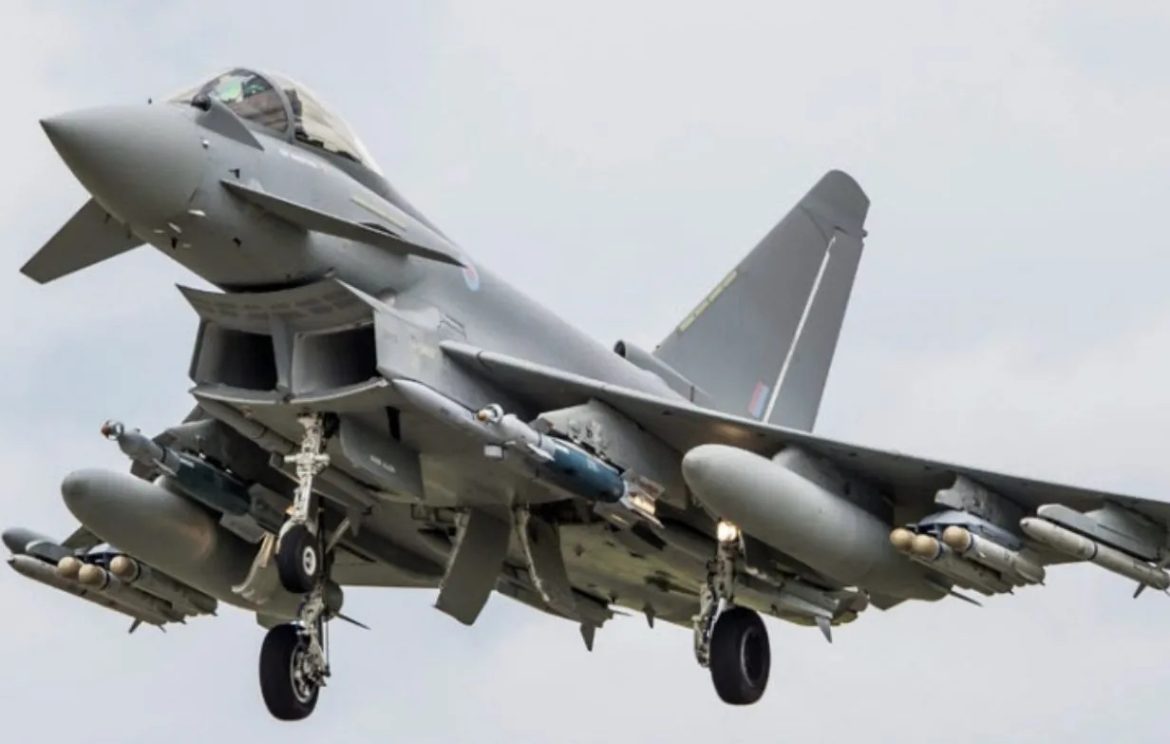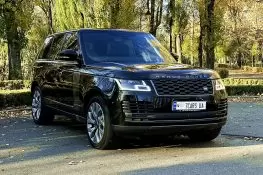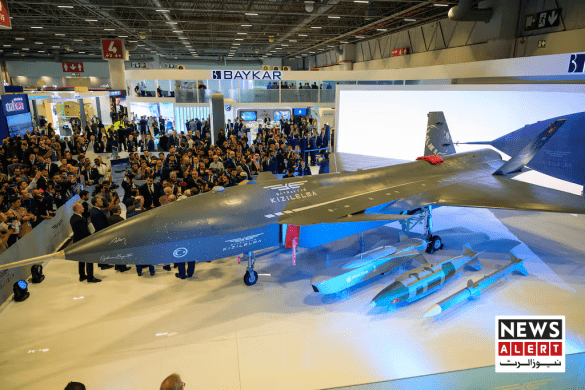Modernisation Drive for the Bangladesh Air Force
The government of Bangladesh has decided to acquire 20 J-10C multirole fighter jets from China, marking a major step in its effort to modernise the Bangladesh Air Force (BAF) and enhance national air defence capabilities.
According to official documents reviewed by local media, the total estimated value of the deal is around US $2.2 billion. This figure includes the cost of the aircraft, pilot and technician training, spare parts, maintenance, logistics support, and transport.
The agreement is expected to be concluded on a government-to-government (G2G) basis, a format commonly used for high-value defence procurements. Delivery is planned across fiscal years 2025–26 and 2026–27, with payments to be made in instalments stretching until 2035.
Financial Structure and Oversight
Officials at the Chief Advisor’s Office confirmed that the base price per aircraft is set at around US $60 million, bringing the core fleet cost to US $1.2 billion. The remaining amount will cover training, associated systems, and logistical support packages.
To ensure transparency and proper execution, Dhaka has formed an 11-member oversight committee tasked with finalising the contract, coordinating delivery schedules, and supervising the financial arrangements.
Analysts say the move reflects Bangladesh’s growing emphasis on self-reliant defence capabilities and strategic diversification in its arms procurement, while maintaining long-standing ties with both China and Russia.
J-10C: China’s Fourth-Generation Multirole Fighter
The J-10C, developed by the Chengdu Aircraft Industry Group, is a fourth-generation multirole combat aircraft widely regarded as one of China’s most advanced non-stealth fighters.
According to the Chinese newspaper Global Times, the J-10C can reach speeds up to Mach 2.2 (approximately 2,415 km/h) and has an operational range of about 1,850 km. The aircraft is equipped with active electronically scanned array (AESA) radar, precision-guided missile systems, and can engage aerial and ground targets within a 200 km radius.
It also has the ability to conduct networked operations alongside drones and other aircraft — a feature that enhances situational awareness and battlefield coordination.
The J-10C is currently operated by the People’s Liberation Army Air Force (PLAAF) and has been exported to Pakistan, where its performance during regional air exercises earlier this year drew significant international attention.
Regional Context and Strategic Implications
Military observers note that the decision follows months of evaluation within the Bangladeshi defence establishment. In recent years, Bangladesh has sought to modernise its military under the “Forces Goal 2030” initiative, focusing on upgrading air and naval platforms to strengthen national security and deterrence.
Bangladesh currently operates a fleet of about 212 aircraft, including 44 combat jets — among them 36 Chinese-built F-7s, 8 Russian MiG-29Bs, and several Yak-130 light attack aircraft used for training and tactical support.
Experts argue that the addition of the J-10C will significantly improve Bangladesh’s air combat capabilities, especially in terms of beyond-visual-range (BVR) engagement and interoperability.
The purchase also reflects deepening defence ties between Dhaka and Beijing, China being Bangladesh’s largest trading partner and a key source of military hardware. Beijing has previously supplied naval frigates, surface-to-air missile systems, and training aircraft to Bangladesh.
Balancing Partnerships in a Sensitive Region
While the deal underscores Dhaka’s reliance on Chinese defence technology, analysts point out that Bangladesh continues to balance its relationships with other partners, including India, Russia, and Western nations.
South Asia’s air power landscape has evolved rapidly in recent years. India’s acquisition of Rafale jets from France and Pakistan’s deployment of Chinese J-10Cs have reshaped regional dynamics. Bangladesh’s decision, therefore, can be seen as both a strategic upgrade and a message of deterrence, aimed at ensuring the country’s air defence remains modern and credible.
Looking Ahead
If finalised as planned, this would represent one of Bangladesh’s largest-ever defence acquisitions, signalling a milestone in the nation’s evolving military doctrine.
The deal not only boosts Dhaka’s defence capability but also cements China’s role as a major arms supplier in South Asia — a region where military balance and strategic alignments continue to shift.
For Bangladesh, the J-10C purchase is a clear statement of intent: to build a modern, capable, and regionally competitive air force ready to meet emerging security challenges.















